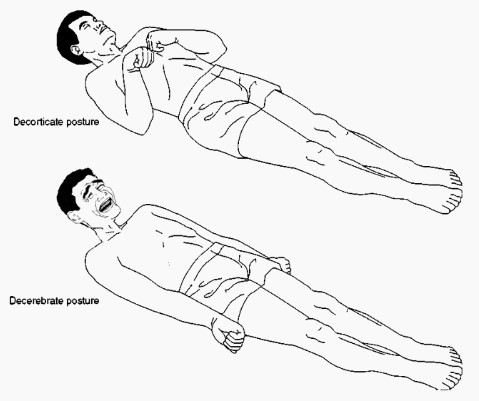Rubrospinal tract mediates flexor of the upper arm. Here is a way to remember these two postures and never forget again. Decerebrate has more “E” and more “R”. Extended upper limbs Rubrospinal tract transected (Red nucleus is above the level of lesion, i.e. below midbrain level) Decorticate has “COR”. Upper…
Tag: Nervous system
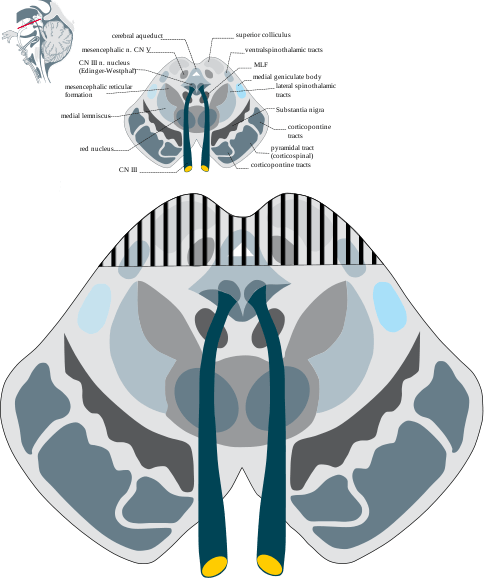
Parinaud Syndrome – Anatomical Basis
Synonyms: Dorsal midbrain sydnrome, Pretectal syndrome Main components of Parinaud syndrome: Vertical gaze palsy Convergence-retraction nystagmus Pupillary light-near dissociation Lid retraction (Collier’s sign) Anatomical basis of Parinaud syndrome: Site of lesion: Dorsal midbrain Close to cerebral aqueduct and pineal gland – hydrocephalus and pinealoma Arterial supply – posterior cerebral artery…
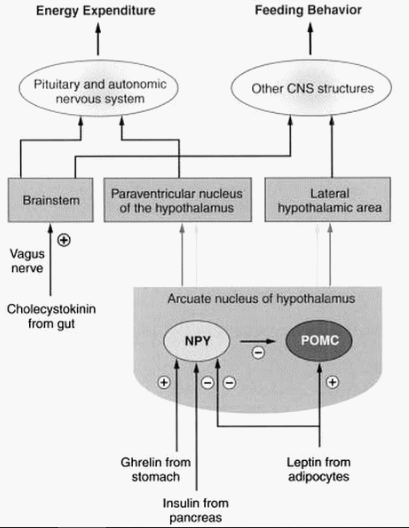
Orexigenic and Anti-orexigenic peptides : Mnemonic
Orexigenic (Appetite stimulant) peptides Mnemonic: When you see MANGOEs, you feel like eating. MCH (Melanocyte Conentrating Hormone) AGRP (Agouti Related Peptide) NPY (Neuropeptide Y), Noradrenaline GnRH, GABA, Galanin, Ghrelin Orexins A and B Endorphins, Endocannabinoids Anti-orexigenic (Appetite supressant) peptides Mnemonic: NO BLACk PIGS Neurotensin Oxytocin, Oxyntomodulin Bombesin Leptin Alpha-MSH (POMC derivative), Amylin,…
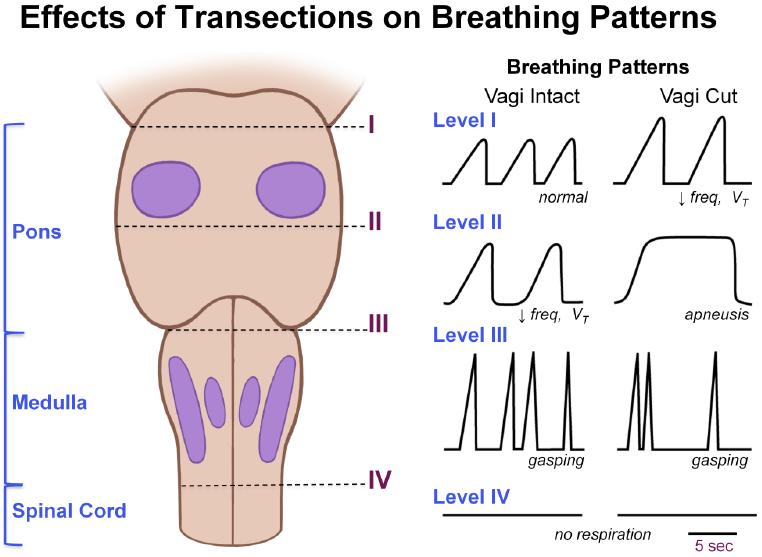
Respiratory Center Simplified
Mnemonic: Boat starts and PRASaD DIVEs 1. pre-Botzinger complex Starts respiratory rhythm (pacemaker): Boat Starts Location: Between nucleus ambiguus and lateral reticular nucleus (upper medulla) 2. Pneumotaxic center Represses Apneustic center: PR-A Location: Upper pons (Nucleus parabrachialis and Kolliker-fuse nucleus) 3. Apneustic center Stimulates DRG: A-SaD Location: Lower pons 4….

Sleep Stages and EEG : Mnemonic
Mnemonic: BATS Drink Blood – in sleep 1. Awake with eyes open: Beta wave (highest frequency and lowest amplitude) 2. Awake with eyes closed: Alpha wave (synchronized brain activity) 3. NREM/Slow wave/Orthodox sleep (70-80%): Stage 1 (light sleep): Theta waves Stage 2 (intermediate): Sleep spindles and K-complex Stage 3 and…

Ulnar nerve Anatomy – Course and Innervation
Origin: C(7), C8, T1 (medial cord of Brachial plexus) Course: Motor innervation: 1. Forearm: Flexor carpi ulnaris (weakness of ulnar deviation and flexion of wrist), Medial half of flexor digitorum profundus (branches near the elbow) 2. Hand: branches near wrist Sensory innervation: Palmar branch at forearm and Digital branch at wrist…
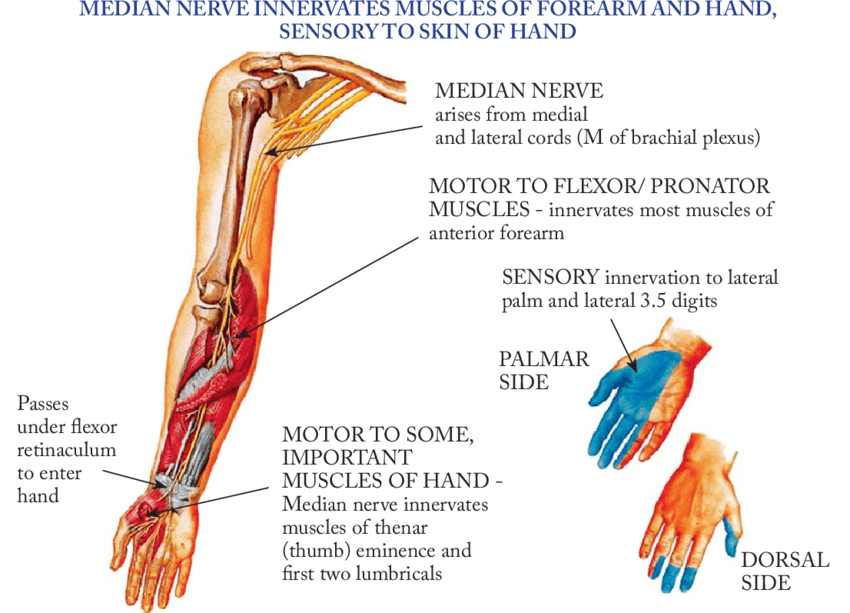
Median nerve Anatomy : Course and Innervation
Origin C5-T1 (lateral and medial cords of Brachial plexus) Course Motor innervation Muscles supplied: 2 lateral lumbricals, 3 thenars, 3Ps (2 pronator and 1 palmaris) and 4 flexors. Sensory innervation Clinical correlation 1. Martin-Gruber motor connection: occur in 17% of individuals between median and ulnar nerves resulting in variable innervations…
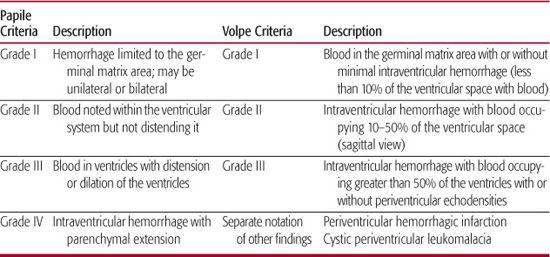
Catastropic Intraventricular Hemorrhage in Preterm IUGR newborn
A 31 weeks of gestation baby was born through emergency LSCS for Severe maternal hypertension. At birth baby required resuscitation and baby was intubated and transferred to NICU for ventilation. Fluids and Inotropes were started and ABG was sent. Vitamin K was given stat. Blood gas showed severe metabolic acidosis,…
